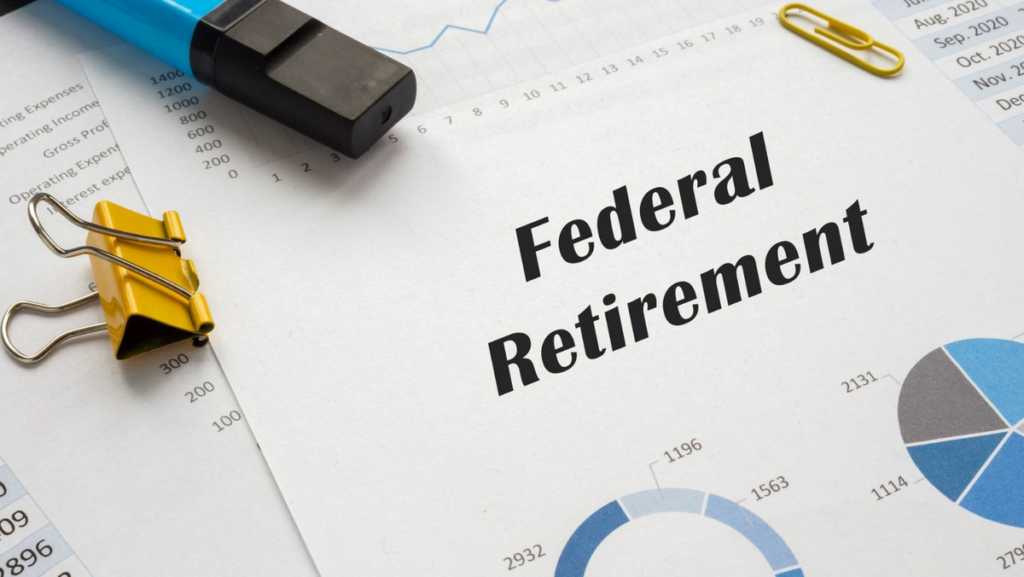Are you confident that you’re making the most of your federal employee retirement benefits? Well, this is a question worth asking, especially when your future comfort and security are on the line. Whether you’re at the start of your federal career or counting down the days to retirement, understanding your benefits is essential.
This article will walk you through the key strategies to maximize your federal retirement benefits. Read on to ensure a smooth and well-prepared transition into retirement!
Understand Your Federal Retirement System
The first step in maximizing your federal retirement benefits is understanding the system you’re a part of. Federal personnel typically fall under one of the two retirement systems:
Civil Service Retirement System
The Civil Service Retirement System (CSRS) is the older of the two systems. It covers staff members hired before 1984. CSRS is a defined benefit plan, which means that your retirement benefit depends on your length of service and the average of your highest three years of salary (high-3).
The best part? Personnel under CSRS don’t pay into Social Security, and the system is known for providing a relatively generous pension.
Federal Employees Retirement System
The Federal Employees Retirement System (FERS) covers staff members hired after 1984. It’s a three-tiered system consisting of a basic plan, Social Security, and the Thrift Savings Plan (TSP).
The FERS system is more modern. It reflects a shift towards personnel taking more responsibility for their retirement savings, primarily through TSP.
Understanding the basics of federal employee retirement is the foundation for making the most of your benefits. With this knowledge, you can take the necessary steps to ensure a secure and comfortable retirement.
Calculate Your Retirement Needs
Once you know your retirement system, the next step is to calculate how much you’ll need for retirement. To do this, think about the life you want after work. Do you dream of traveling the world or prefer a quiet life at home?

If you want to maintain your current lifestyle, you might need about 80% of your pre-retirement income. But if you’re planning exotic trips or new hobbies, you could need more.
Try using online calculators to estimate your needs, or consult a financial advisor. They can help you create a realistic budget that will ease your transition into retirement. With a clear financial goal, you’ll be better prepared to make the most of your retirement benefits.
Optimize Your High-3 Years
You can boost your retirement income by focusing on your high-3 years. These are the three consecutive years when your salary was highest, typically right before you retire. These years are crucial as they influence your pension calculation.
If you want to increase your high average, look for ways to earn more in your final years. You could seek out promotions or take on extra responsibilities. You might even consider switching to a higher-paying position within your agency.
Additionally, you can also take on some overtime or performance bonuses if they’re available. Even small increases can add up over time.
Work Longer if Possible
The longer you work, the more you’ll contribute to your retirement plan. Each additional year on the job increases your pension and allows you to contribute more to your retirement plans.
For example, if you’re 62 years old and considering retirement, working until you’re 65 could increase your monthly pension by hundreds of dollars. Plus, you’ll have three more years of retirement savings under your belt.
Delaying Social Security is another perk of working longer. Your benefits grow about 8% each year you wait up to age 70. This could mean a much bigger monthly check when you do start collecting. To make the right decision, weigh the financial benefits against your personal goals and health considerations.
Understand the FERS Supplement
You should also get familiar with the FERS supplement if you’re planning to retire early. It’s a valuable benefit that can pad your income before you’re eligible for Social Security.
Here’s how it works: If you retire before 62, you might qualify for this extra payment. It fills the gap until your Social Security kicks in. However, the amount you get depends on how long you’ve worked.
For instance, if you retire at 57 with 30 years of service, you could receive a supplement of about USD$1,000 per month. That’s a nice boost to your retirement income!
Keep in mind, though, that the supplement isn’t automatic. You’ll need to meet specific criteria to qualify. Make sure you understand the rules to take full advantage of this benefit.
Stay Informed About Health Benefits
Your health insurance under the Federal Employees Health Benefits (FEHB) program can continue into retirement, but only if you’re eligible.

To keep your retirement coverage, you need to meet two essential requirements.
First, you must be enrolled in an FEHB plan for at least five years before you retire. Second, you need to be eligible for an immediate annuity.
Don’t let these benefits slip through your fingers. If you need more time to meet these requirements, consider delaying retirement to meet the five-year rule. It could save you thousands in health care costs down the load.
Note that your health expenses often increase as you age. Having reliable, comprehensive health insurance can give you peace of mind and protect your retirement savings.
Conclusion
Maximizing your federal employee retirement benefits is about more than just numbers. It’s about securing your future and achieving the retirement you deserve. By understanding your system, calculating your needs, and making strategic decisions, you can significantly increase your retirement income.
Remember, retirement planning is a journey, not a destination. Consider consulting with a financial advisor to create a personalized plan tailored to your specific goals. With careful planning and a solid understanding of your benefits, you can look forward to a comfortable and fulfilling retirement.


More Stories
Brilliant Ideas for a Party With Your Friends: How to Have Fun and Make Money
How to Unwind After Doing Household Chores and Make Money
Proceed To 1x Bet Registration Today